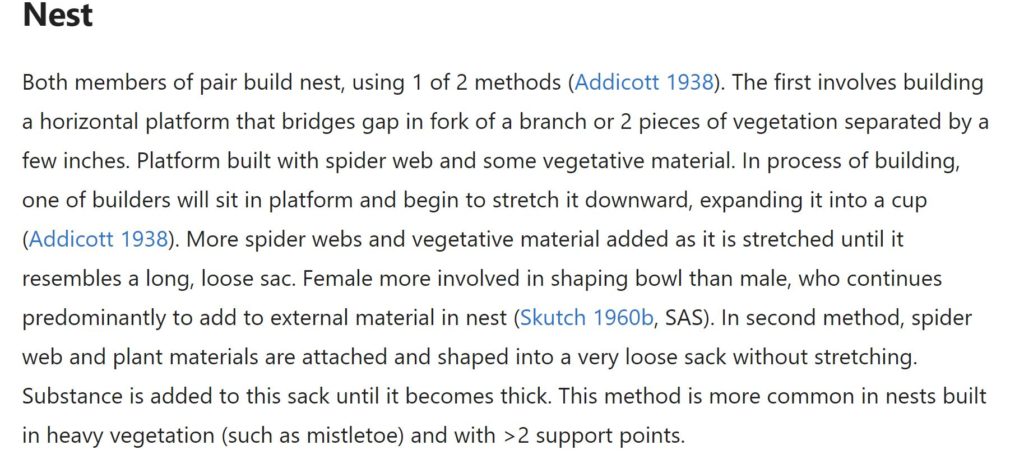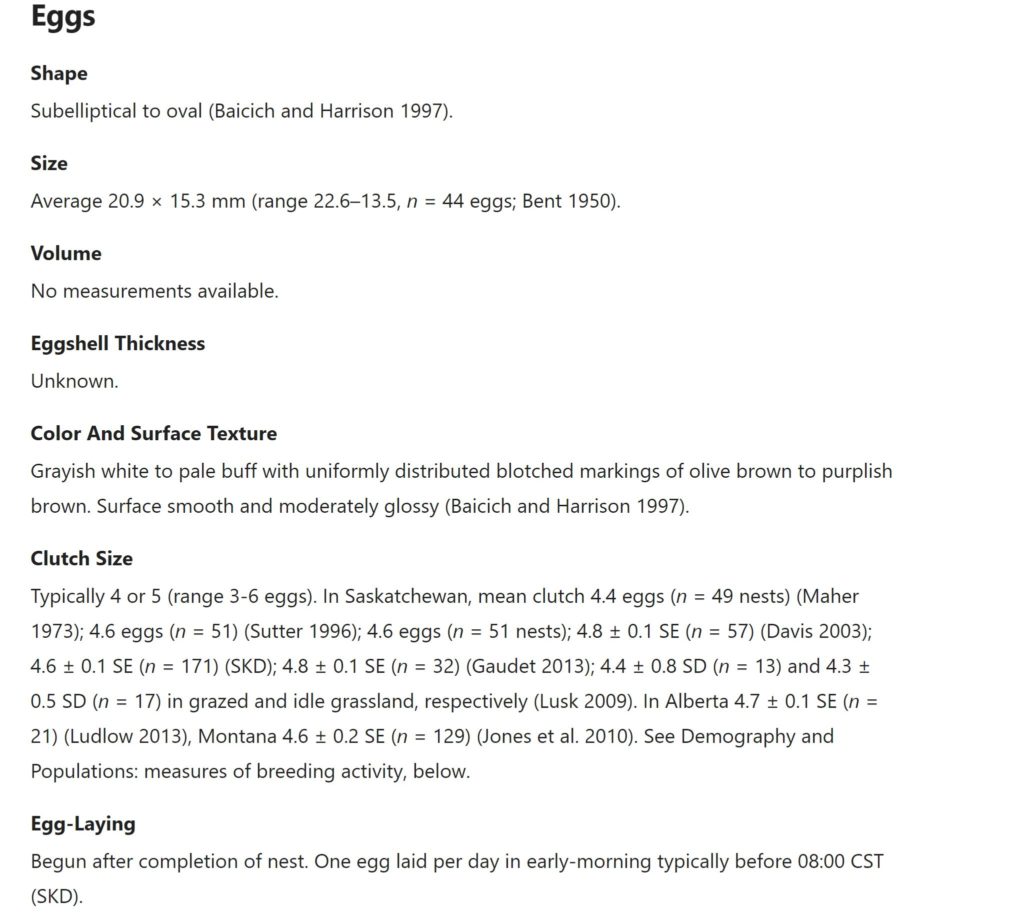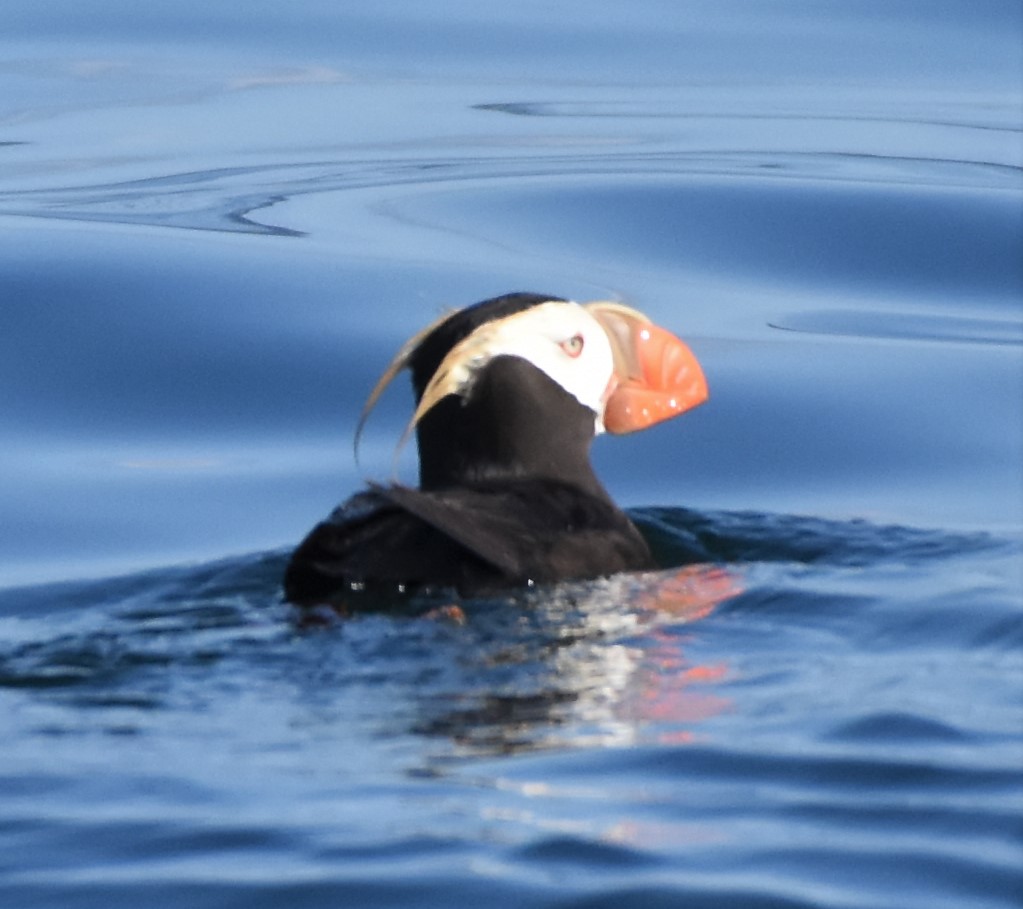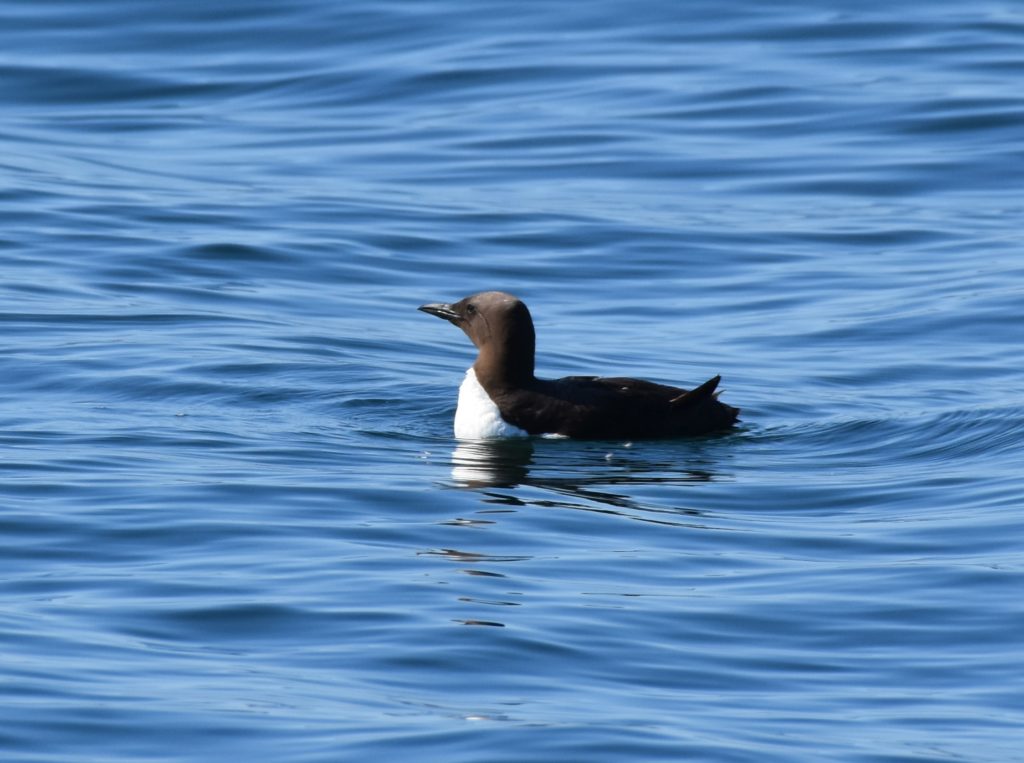Every wonder how Bushtits make their cute hanging nests? How many eggs to Sprague’s Pipits Lay. (scroll to the bottom of this post for screen shots) Information like this is easy to find in Birds of the World, an online subscription resource from Cornell University Lab of Ornithology. Have a bird question. The answer is likely there. I use it all the time. Now WOS members will have access to this subscription-only resource as a benefit of membership- no added cost!
Washington Ornithological Society has teamed with the Cornell Laboratory of Ornithology to add a terrific new membership benefit. WOS members will be automatically be granted access to the Birds of the World resource. For those of you who are not familiar with this it is a collection of extremely detailed and complete collections of information about every species of bird in the world! It used to be called Birds of North America, but a couple of years ago it expanded to cover the whole world. When I have a question about a bird species it’s my go-to resource. I’ve been a subscriber for years, though at $6/month it has been a bit pricey, I’ve considered it my donation to the cause. Now, for your $25.year WOS membership you get access to BOW included. DO THE MATH! It’s a great value. Maybe BOW is not worth$6./ month to you, but is WOS membership including BOW access worth about $2./ month? A no-brainer. Spread the word. Join WOS and get this fabulous resource as a membership benefit.
This came about as the WOS board deliberated on ways to add value to membership. With the pandemic, less in-person meetings, field trips on hold. This was suggested, the board leadership looked at the cost and it seemed like a great value. WOS has agreed to pay a fee for every WOS member to have this benefit. Every member will have the benefit (unless you intentionally opt out- which simply directs WOS not to share your membership information with the Cornell Lab and means that you will not have this benefit, but does not reduce the cost to WOS) as it is at a price to WOS that must include every member.
The hope of the board it that adding this membership at a bargain price to WOS, will give added value to current members by sharing the definitive ornithologic species monographs to members and thereby increasing our individual and collective birding knowledge, as well as potentially increase membership to others who may want this discounted BOW access.
Members as of Oct 1, 2021 will get access. This will be updated quarterly.
You can join WOS at the WOS Membership page by clicking on this link.
Share this info with your birding and science loving friends, just join WOS and get this member benefit youself.
Thanks for reading, now just Do It!












